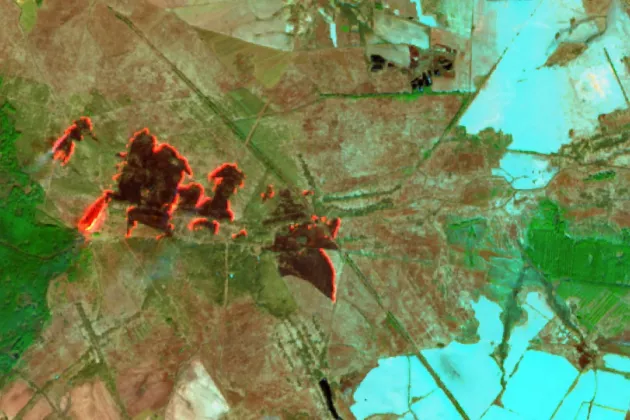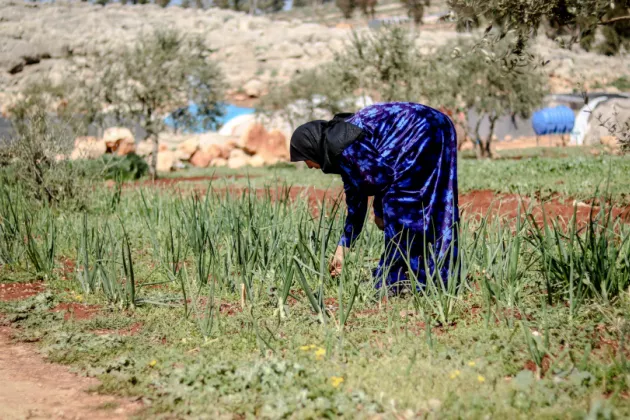High temperatures in combination with humid air may cause extreme heat known as wet bulb temperature, or "killer heat". According to previous research, people with good health would survive the heat for six hours at 35 degrees Celsius, wet bulb temperature. New studies show that there may be a serious threat to peoples health already at 31,5 degrees Celsius.
Between 1979 and 2017 the number of times with such conditions causing temperatures at 30 degrees or above has doubled. Nine times it has been above 35 degrees in the area around the Persian and Arabian Gulf.
- Areas with high temperatures and close to bodies of water, such as the Persian Gulf area, are at high risk of being exposed to moist and heat, says Lina Eklund, researcher at the Department of Physical Geography and Ecosystem Science and Centre for Advanced Middle Eastern Studies at Lund University, to the national Swedish television SVT.
Predictions show that the temperature may make areas in the Middle East too hot for humans by the end of the century. How climate change and rising temperatures with extreme weather will affect people and cause migration is not certain, and depends for example on economic resources.
Watch the full interview in Swedish on SVT (in Swedish).
Source:SVT
Lina Eklund researcher at Department of Physical Geography and Ecosystem Science, The Centre for Advanced Middle Eastern Studies (CMES), and MECW: The Middle East in the Contemporary World, at Lund University.





